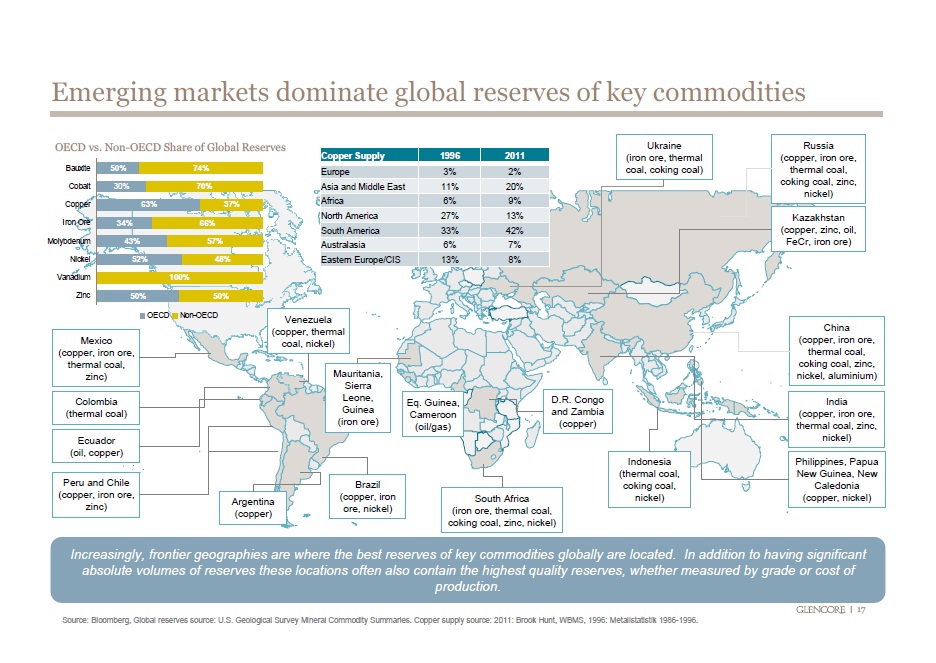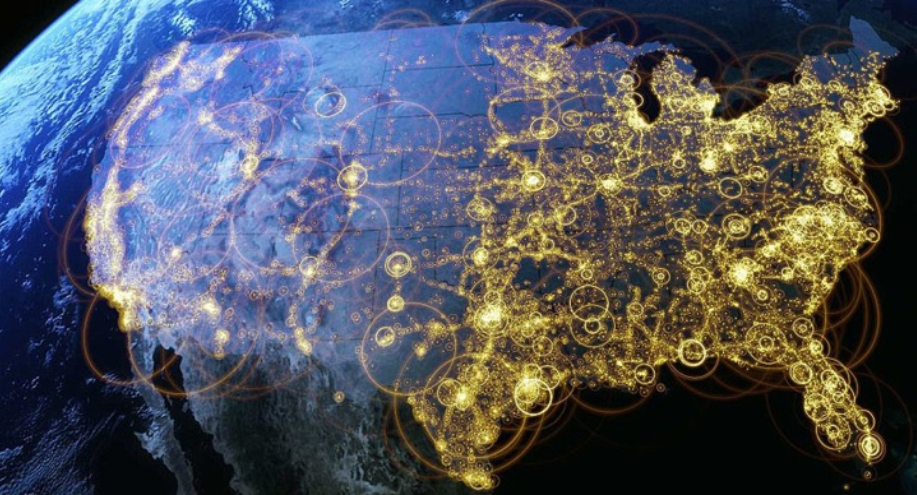 It has been said, that if women participated in the workforce more actively, like their male counterparts, the Gross Domestic Product (GDP) of those countries would be higher.
It has been said, that if women participated in the workforce more actively, like their male counterparts, the Gross Domestic Product (GDP) of those countries would be higher.
However, most countries, including some developed nations do not have policies in place that support women’s participation in the workforce, such as access to education, credit, employment, paid maternity leave or child care.
Countries with the highest economic success for women (measured in terms of equality of pay, degree of inclusion in the workforce, and career advancement), that offer the best policies for supporting women in the workforce include Norway, Australia, Sweden, Finland, Germany, Belgium, and Iceland.
Countries with the lowest degree of economic success that have few policies (or none) that support women in the workplace include Chad, Sudan, Yemen, Pakistan, Syria, Saudi Arabia, among others.
 Some interesting facts about the success of women in the workplace and the policies in place to support them in certain countries can be seen in the graphic above.
Some interesting facts about the success of women in the workplace and the policies in place to support them in certain countries can be seen in the graphic above.
Source: Harvard Business Review: Vision Statement: Women and the Economics of Equality
 Commodities are raw materials essential for the production of more complex products. Commodities fall into three large categories: agricultural, energy, and metals.
Commodities are raw materials essential for the production of more complex products. Commodities fall into three large categories: agricultural, energy, and metals.








